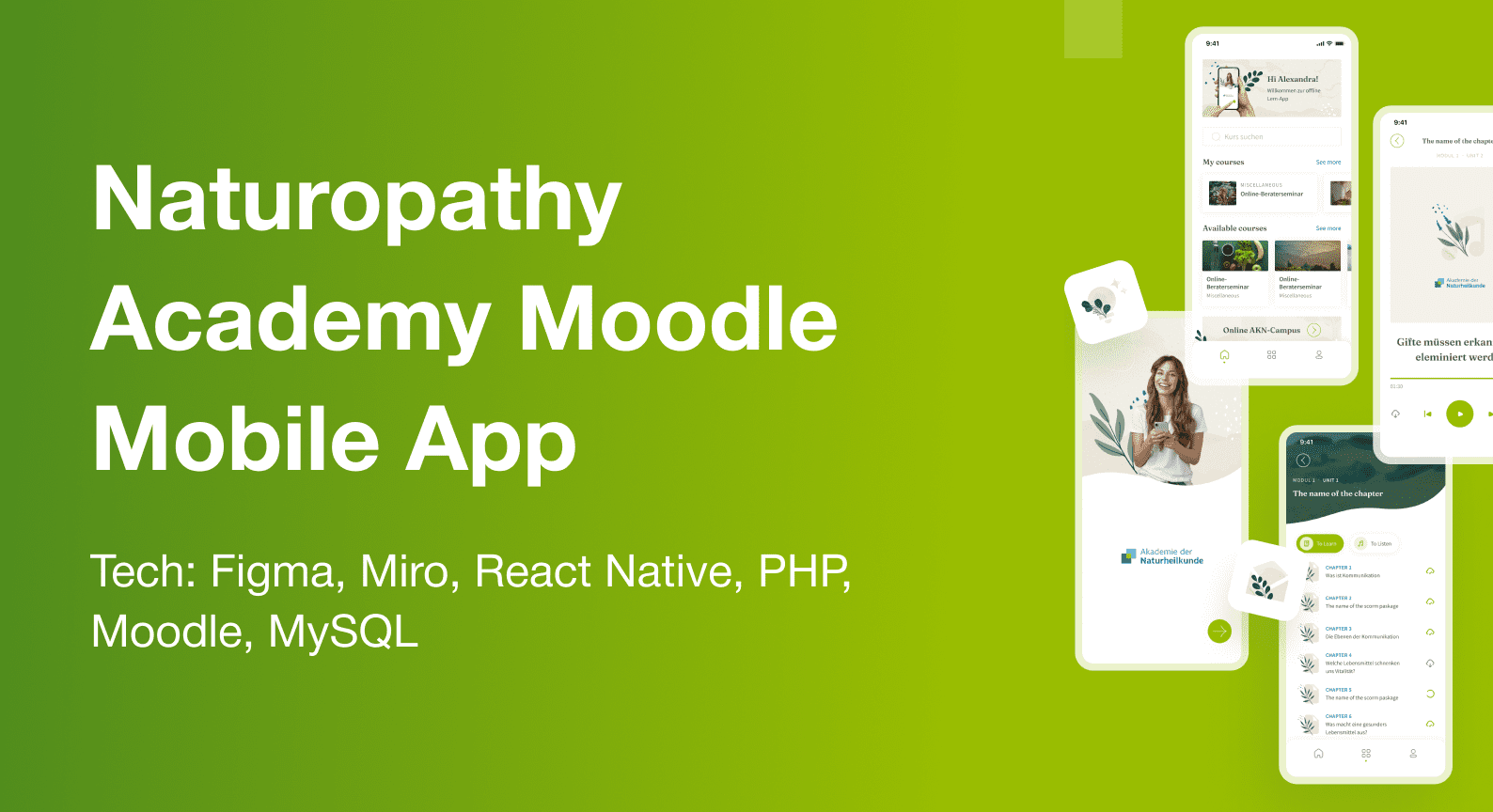Widgets in WordPress
Apr 27, 2023
0

Nikita
Full-Stack developer
Widgets in WordPress are small blocks of content or functionality that can be added to various areas of a website, such as sidebars and footers. They can be used to display things like recent posts, categories, and search forms.
Here are some tips on how to work with widgets in WordPress:
- Start by familiarizing yourself with the built-in widgets that come with WordPress. These widgets are available in the “Appearance > Widgets” section of your WordPress admin dashboard.
- Look for a plugin that provides additional widgets if you need more than the built-in options. Some popular widget plugins include Jetpack and Widget Options.
- To add a widget to your site, simply drag and drop it from the “Available Widgets” section to the desired location in the “Widgets” section of the dashboard. You can also click on the widget to expand it and configure its settings.
- Make sure to check the settings for each widget, as some may require additional setup or customization. For example, a widget that displays recent posts may allow you to specify the number of posts to show or the categories to include.
- If you need to create a custom widget, you’ll need to have some coding knowledge. Here’s an example of a simple custom widget that displays a message:
class Custom_Widget extends WP_Widget
{
function __construct()
{
parent::__construct(
'custom_widget', // Widget ID
__('Custom Widget', 'text_domain'), // Widget name
array('description' => __('A custom widget', 'text_domain'),) // Widget description
);
}
public function widget($args, $instance)
{
echo $args['before_widget'];
if (!empty($instance['message'])) {
echo $args['before_title'] . apply_filters('widget_title', $instance['message']) . $args['after_title'];
}
echo __('This is a custom widget', 'text_domain');
echo $args['after_widget'];
}
public function form($instance)
{
$message = !empty($instance['message']) ? $instance['message'] : __('Default message', 'text_domain');
?>
<p>
<label for="<?php echo $this->get_field_id('message'); ?>">
<?php _e('Message:'); ?>
</label>
<input class="widefat" id="<?php echo $this->get_field_id('message'); ?>"
name="<?php echo $this->get_field_name('message'); ?>" type="text"
value="<?php echo esc_attr($message); ?>">
</p>
<?php
}
public function update($new_instance, $old_instance)
{
$instance = array();
$instance['message'] = (!empty($new_instance['message'])) ? strip_tags($new_instance['message']) : '';
return $instance;
}
}
This code creates a custom widget called “Custom Widget” that displays a message specified by the user in the widget settings.
Widgets are a great way to add functionality and content to your WordPress site without having to write any code. With the tips above, you’ll be able to make the most of WordPress widgets and create a more dynamic and engaging website.





